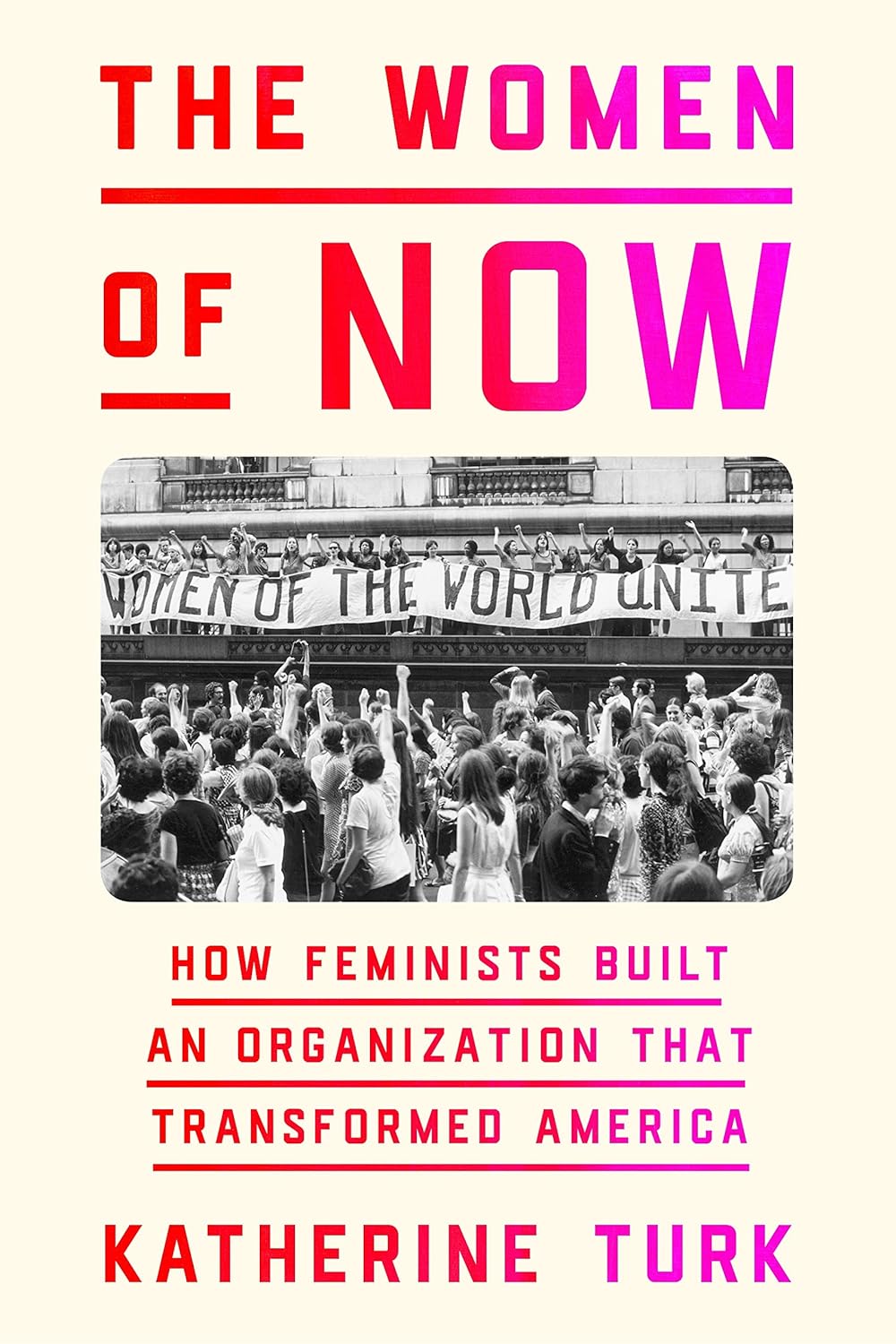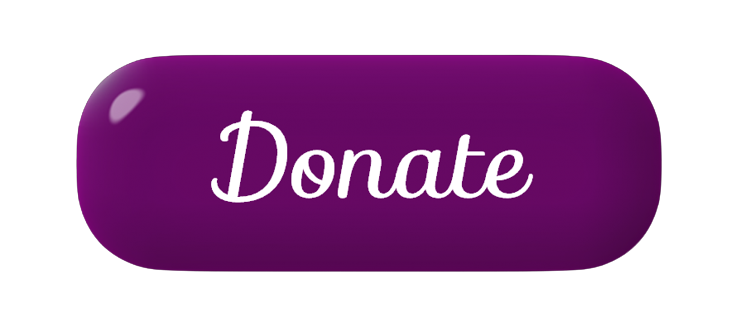Review of The Women of NOW: How Feminists Built an Organization that Transformed America by Katherine Turk

The Women of NOW: How Feminists Built an Organization that Transformed America
Katherine Turk
Farrar, Straus, and Giroux, 2023, 448 pages
$32.00
Reviewed by Henri Bensussen
A passionate feminist, a supporter of the National Organization for Women (NOW), and a teacher of women’s history, Katherine Turk’s purpose in The Women of NOW is to clarify NOW’s founding and accomplishments. Accessible language and dramatic narrative were a plus for this reader. She’s done a lot of research, all of it cited in the last section of the book; readers may easily engage further if desired.
Scholars have taken two ways of writing about NOW, she states, either focusing on the motivations of its founding leadership or pieces of its overall history. Instead, Turk gives an overall picture of NOW’s structure by showing how the points of view of three of the early founders led to the organization’s weaknesses and strengths. Below are the early founders Turk discusses.
Aileen Hernandez (1926-2017), a feminist labor organizer, was aware of the effects of racism and sexism in our culture. She wanted NOW’s leadership to focus on problems specific to women of color and work with men to achieve feminist goals. Hernandez would become NOW’s second president. Her interests were always in the wider political concerns of the labor movement.
Patricia Hill Burnett (1920-2014), mother of four children, and married to a wealthy businessman who supported her feminism, hoped to diversify NOW’s politics and extend its appeal internationally. As a Republican, she supported her party’s support for the individual and wanted to broaden that to incorporate feminist principles.
Mary Jean Collins (1939- ), a generation younger than Hernandez and Burnett, brought a different outlook to NOW. Active in the Democratic party, she lived in Chicago and helped establish many chapters, especially in the Midwest. Collins served as a vice president of NOW in the early 1980s.
Betty Friedan, a labor journalist familiar with politics, became a celebrity upon publishing The Feminine Mystique in 1963. Pauli Murray, a Black organizer and attorney, represented Black women activists who felt Friedan’s influence and leadership could be used to support the civil rights of women of color. Together, they conceived of establishing a new organization to support their ideas. In June of 1966, Friedan and Murray decided to test their idea at the third annual gathering of State Commissions on the Status of Women in Washington, D.C., which many women activists would be attending.
Following the Commission’s last evening, Pauli and Friedan held a late-night party for some of the women attendees. Many more showed up after hearing about it. When their plan was explained to the group, an emotional discussion followed that lasted until two in the morning. Was one more women’s organization needed? It turned out that women did need it and wanted it. A sign-up sheet went around at the Commission’s last session later that morning. Dues were set at $5. Twenty-eight women signed up, becoming known as “the founders.” Not everyone had $5 for the dues, and financing NOW’s issues would become another problem as the organization grew.
NOW rapidly grew into hundreds of chapters and thousands of members. There was direction from the top, but chapters were also independent and could set their own agendas with little oversight from NOW’s board. Turk highlights this freedom and lack of organizational direction as a weakness. Another was a focus on the Equal Rights Amendment (ERA). The elderly women who had marched for women’s right to vote supported the ERA and showed up at NOW’s first convention with demands for it, turning the members’ attention from civil rights to equal rights.
Murray’s hopes for more Black women members did not materialize, though they and/or their daughters went on to organize in different ways. The concept of intersectionality was not understood or acted on by NOW’s leadership of mostly white, middle-class women. For years there was barely a budget, no office staff, and little money. Read this fascinating book to learn about the controversies that NOW became known for, how they were settled, the history of the women who directed it, and how they did it. NOW is still a vibrant organization with 600 chapters and thousands of members. They are still fighting for the ERA and abortion rights, as they were back in the 1970s-80s.
Henri Bensussen (she/her) earned a B.A. in Biology at UC Santa Cruz. Her essays, poems, and short stories have been published in various journals and anthologies. Her mother tagged her as a bookworm and tomboy. She’s a lesbian feminist as defined in Lesbian Connection’s May/June 2024 issue.
"Empowerment comes from ideas."
― Charlene Carruthers
"Your silence will not protect you."
— Tourmaline
"Gender is the poetry each of us makes out of the language we are taught."
— Leila Raven


